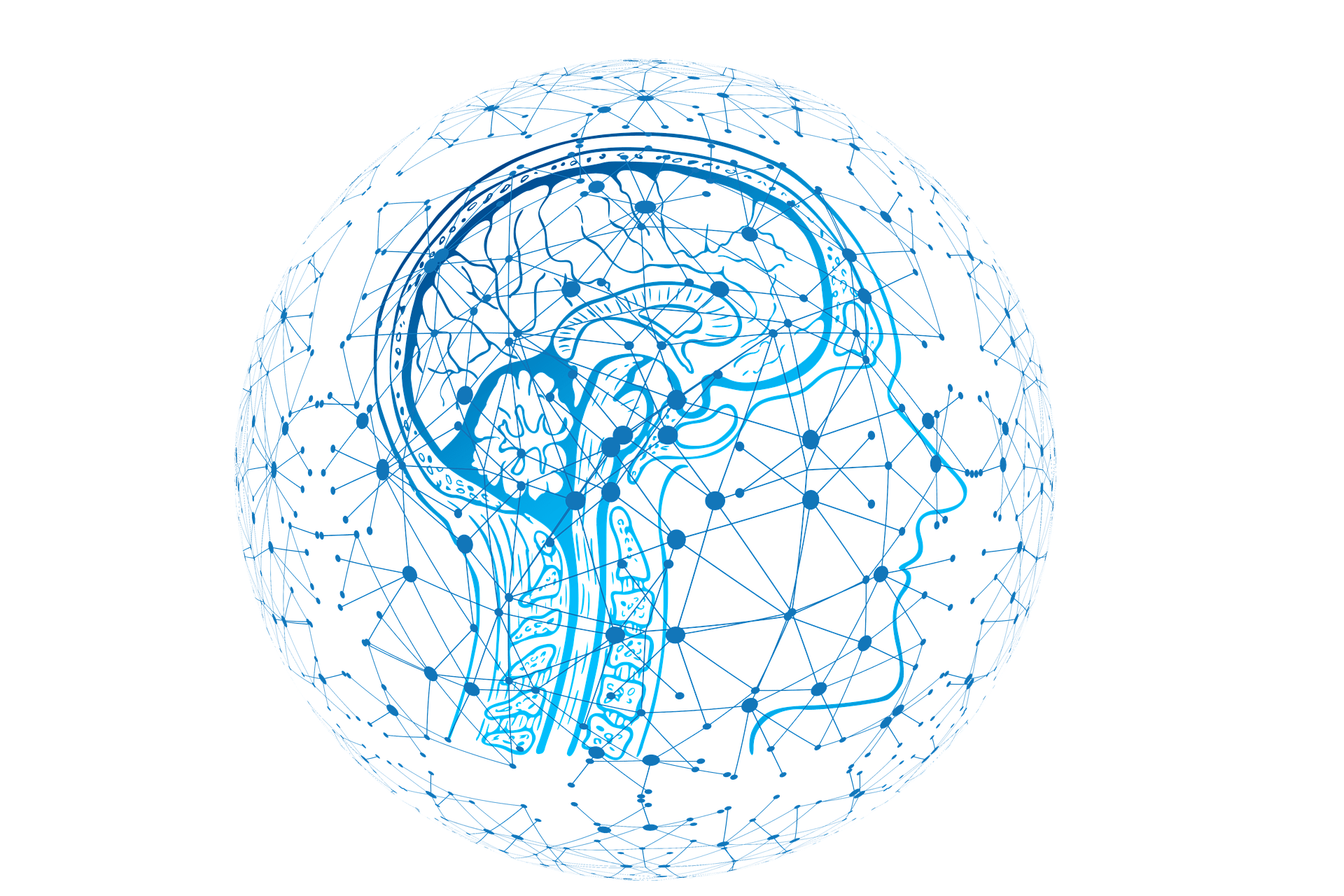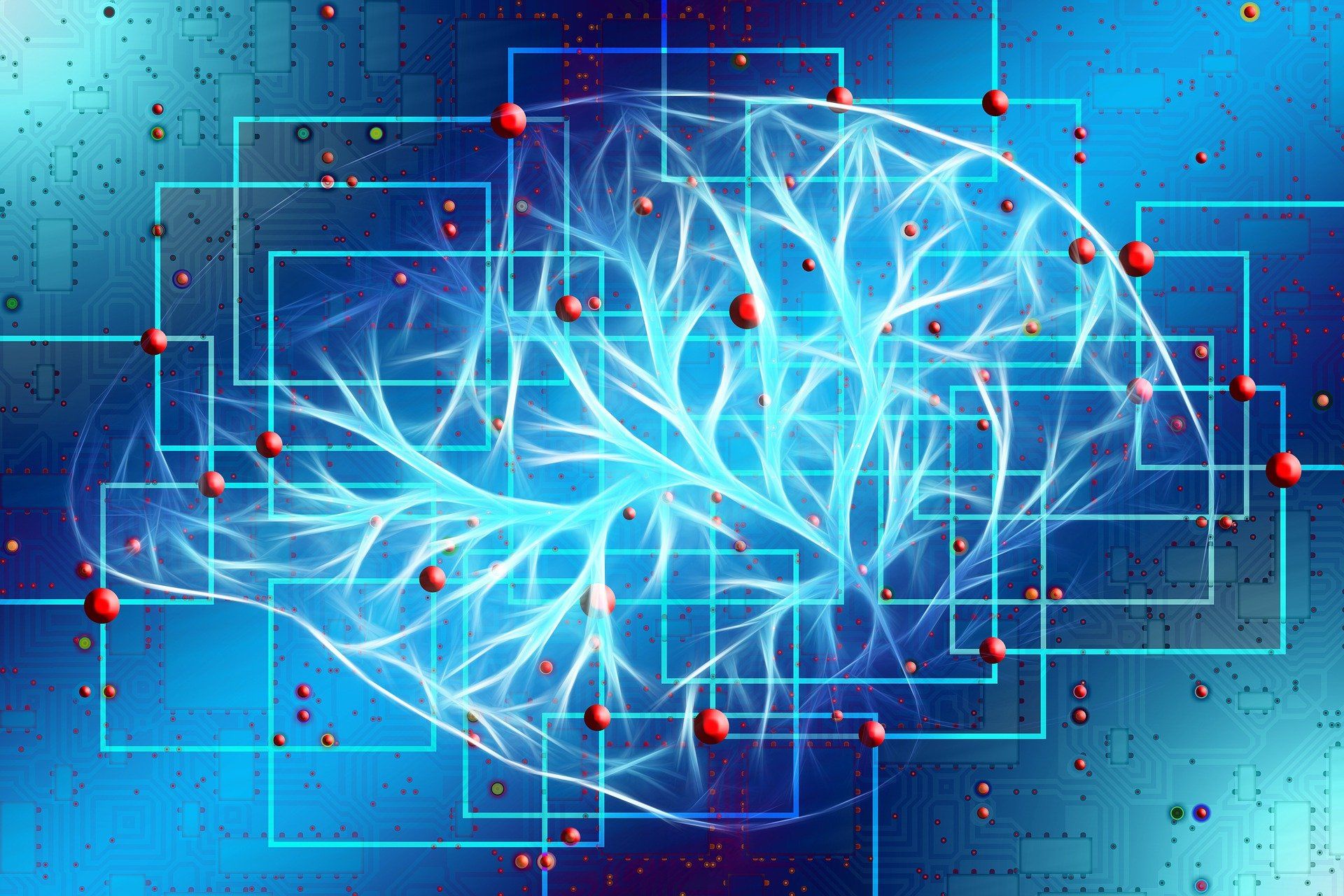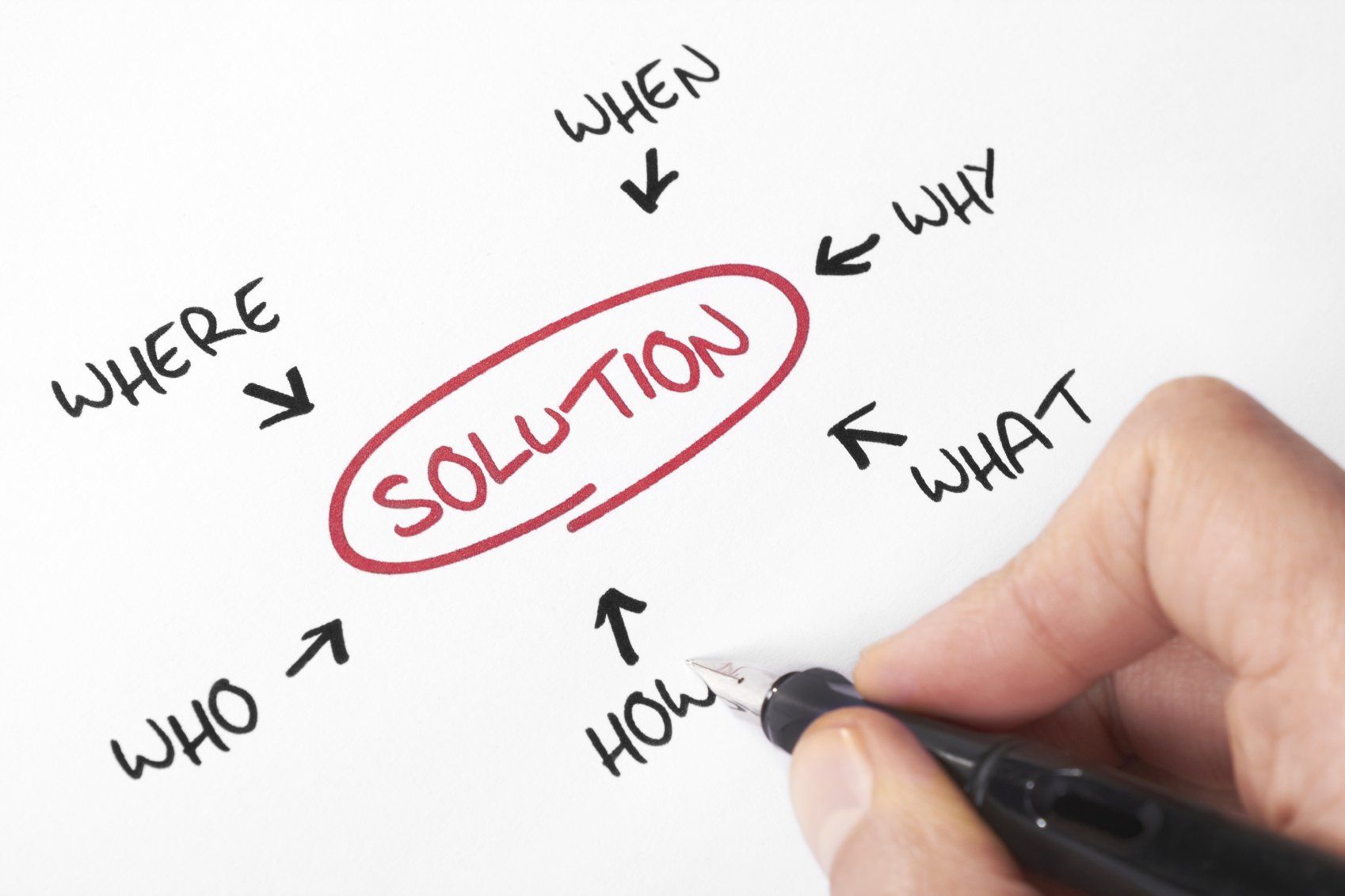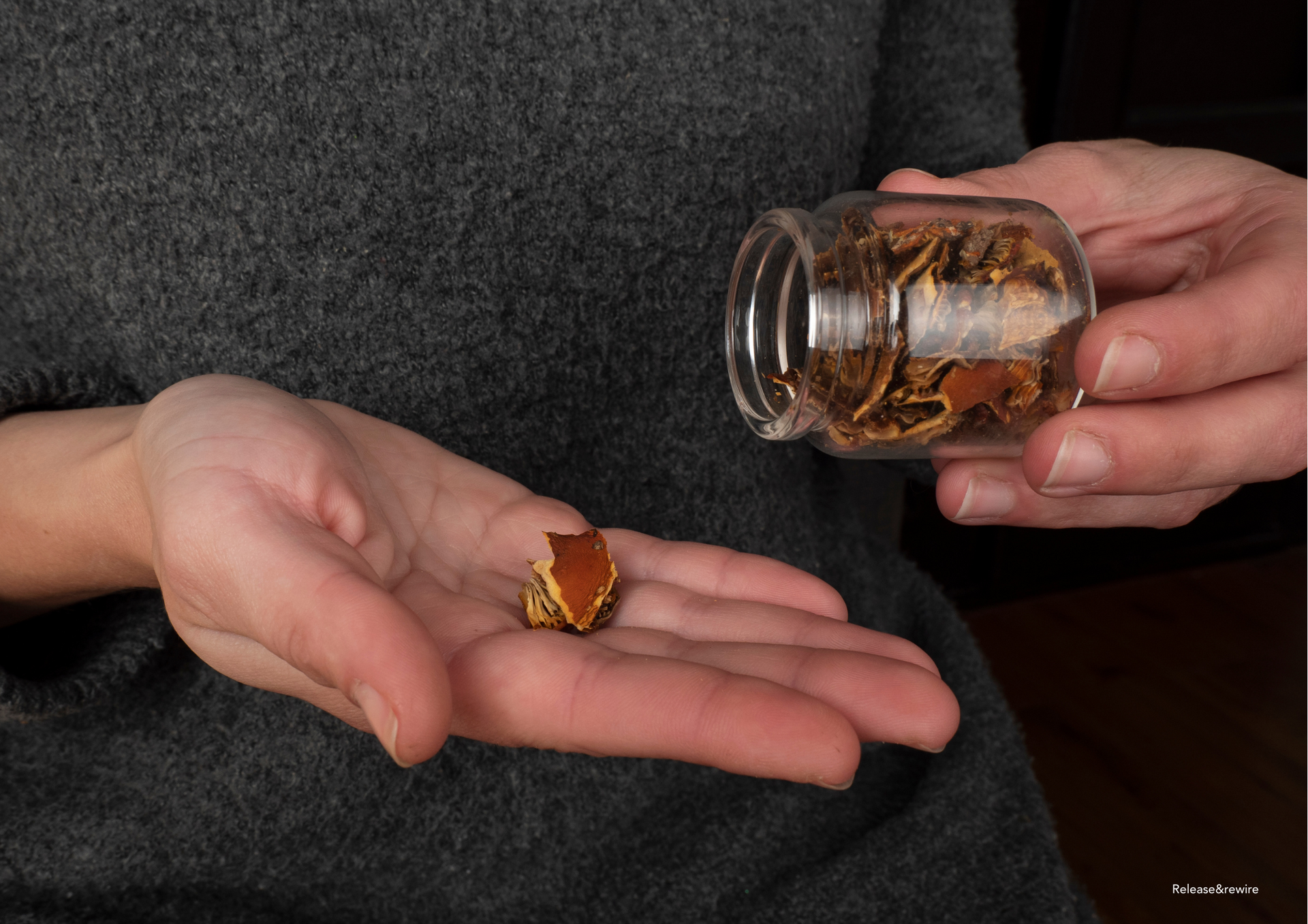Habits, and brain patterns
Habits and brain patterns


How does this infrastructure form?
Neural networks in the brain are optimized to grant efficient transmission of information and behavior control, while still maintaining the ability of adaptation to changing environments.
An example of that can be the transition that a feline makes from running to galloping; the very moment when this shift occurs happens once a specific speed is reached and the act of galloping requires less energy than running.
A recent study by the RIKEN Center of Brain Science in Japan, published in the scientific journal “Communications Biology” has shown that the free-energy principle can explain how neural networks are optimized for efficiency “We were able to demonstrate that standard neural networks, perform planning and adaptive behavioral control by taking their previous ‘decisions’ into account”
This explains why doing something that we are not used to doing, or stopping a habit or even integrating a new one, feels hard as a start and then becomes easier.
Habits are built to make things happen without us having to think much about them, and our neural networks perform adaptive behavioral control to grant efficient transmission of information and decrease the level of energy needed to perform the habit. Which is how a pattern gets created.
As the study states: “by changing the strength of their neural connections, our neural networks self-organize” so now less energy is needed on a neural level, which means less energy is needed on a mental and even physical level, which translates as less efforts to perform the new habit.
So with time, the habit becomes so easy and efficient to perform that it feels hard on the brain to “accept” to release it, it is like fighting against our brain that worked hard to be efficient, and out of nowhere we just decided to destroy the results of its hard-work; and not just that, we’re also expecting from it to happily allow us to do so, but unfortunately this is not the case!
The more integrated a habit is, and the more we are exposed to its cues, the harder it becomes to stop it or replace it, but this doesn’t mean it cannot be changed!
Both facts that our neurons learn from past experiences and decisions in order to plan their next step, and that today is simply the past of tomorrow, make clearer the idea that changing a habit – even though it is not an easy thing to do – is something that we can start to work on today by knowing ourselves better, discarding dysfunctional belief systems, and behaving in a different way, for our neural networks to start doing the same job they do with any behavior in order to turn it into an efficient and integrated habit in the future.
Through this process, instead of fighting our own brain, what we’ll be doing is learning about it, and using its tools the right way, so our brain ends up working for us, and not against us.
By learning more about our body and brain, and how the latter creates patterns, we will be able to contribute to the process of shaping our future.
What are brain patterns?

Out of sparse data, our brains tend to make connections that may or may not actually be there.
This practice is hardwired into our body and brain and is responsible for our very existence. Pattern-seeking is something that we do instantaneously and without conscious thought.
Our ancestors looked up at the stars, and created special connections between them, in order to create the familiar nighttime constellations.
The talent to recognize patterns is something most people don’t know they need, or realize that they already have. According to Daniel Bor, if we can turn data into a pattern or rule, “near-magical results ensue. We no longer need to remember a mountain of data; we need only to recall one simple law”
A special layer of the brain found only in mammals is responsible for that. It is called the neocortex, the outermost layer of the brain. According to Ray Kurzweil, the basic structure of the neocortex is organized around groups of neurons called pattern recognizers estimated to number 300 million. Over the course of a lifetime, Kurzweil proposed that these recognizers can rewire themselves to one another to account for the new visual, number, nature, word, and people patterns we learn over time (Kurzweil, 2012).
We need brain patterns in order to keep going; indeed, some of these patterns are very important to our very existence, but others have served us once, and not anymore.
knowing that, how could we regulate, change or even eliminate dysfunctional patterns?
How can we “hack” our system in order to work hand in hand with our neurons, and support our brain’s mechanism in creating new neural pathways, which in turn represent the infamous patterns that shape our behavior?
There are different techniques for dampening or diverting thinking in response to a dysfunctional pattern cue.
Through alternative therapies, specific breath-work practices, and micro-dosing, we have the “ability” to shape our reactions and emotions to situations without identifying with them; instead, we observe them, understand them, accept them, and finally, hack them in order to re-shape them the way that works best for us.
Want some inbox love?
Join my mailing list!




















